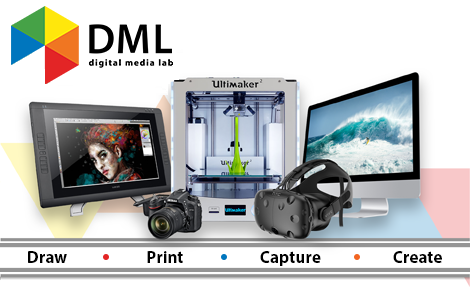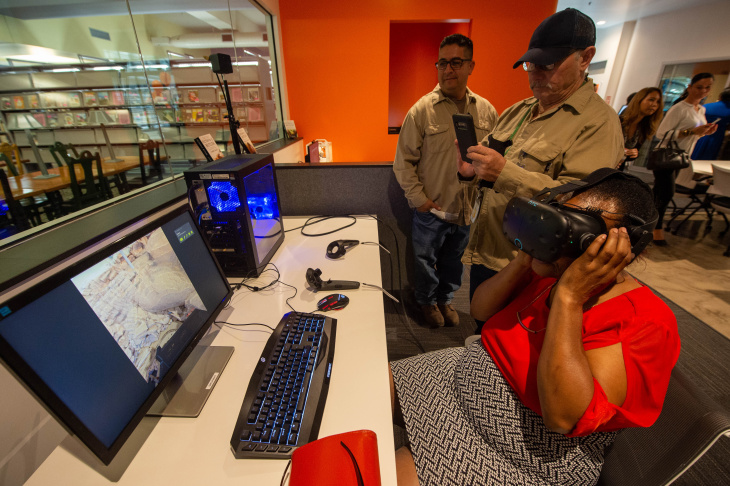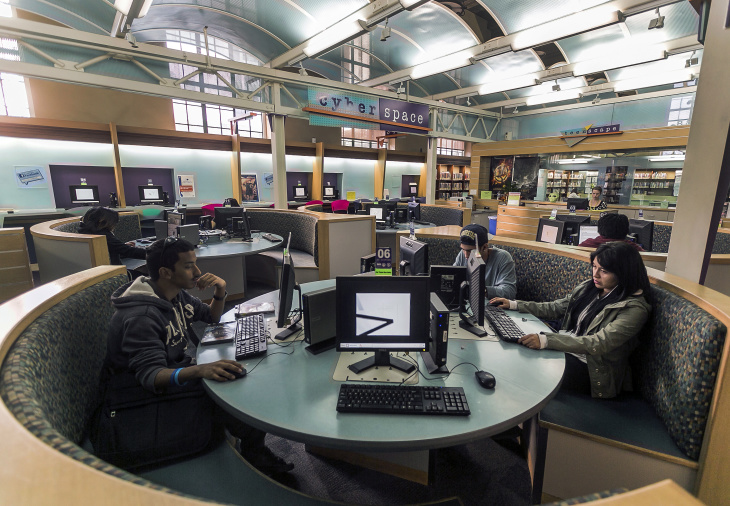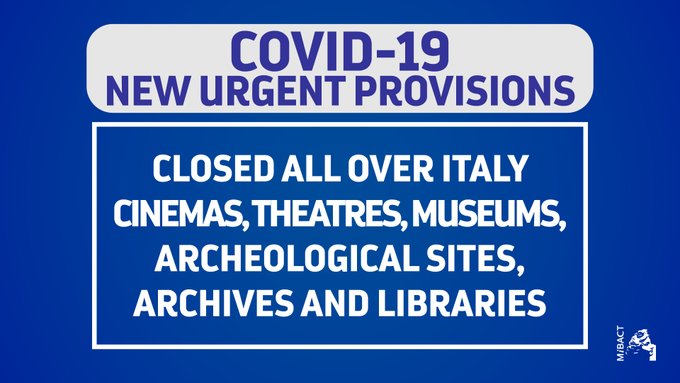Libraries serve an important purpose in our local communities. They have always done this, but time made the library complacent to some people because access to information is so easy. Google is the most popular search engine, but this is nothing less of what we consider the 21st century. The library still represents a place where information is shared which is more than just books. They also fulfill a fundamental goal of bringing communities together especially in the wake of a disaster. In recent developments, I observed a movement of sharing information on all social media platforms, promoting e-resources from a number of libraries world-wide. Since the The World Health Organization (WHO) declared a global pandemic on March 11, 2020 for COVID-19, libraries have incorporated many ideas to captivate their audience to provide services that can accommodate the people as the world remains vigilant adhering to the restrictions implemented by authorities. However, while some are able to access e-resources, there are some persons unable to do so, because they may not have access to a computer with internet. This is why some libraries thought out of the box, and came to a decision that they needed to reach the wider community, capturing that particular audience.
One country in particular is Finland, when the country implemented emergency law around March 11, 2020, according to their website, to fight the COVID-19 epidemic. The country’s libraries found new ways to cater to their customers. Authorities are offering pick-up facilities, expanding the e-book catalog, a ‘book in a bag’ service and even sharing book recommendations on Instagram live. This is highlighted through Library Journal’s twitter account that report on library views, news, and book reviews from library staffers which outlines the following;

- Bookstores in the municipalities of Salla in Lapland and Kuhmo in Eastern Finland are offering a ‘book in a bag’ service through which library staff pack requested books in a bag and customers can pick it up at an agreed time.
2. A similar service is being considered in Helsinki — the only difference being that they are giving away books that are marked to be removed from the library catalogue.
3. Turku city library has taken to social media to offer an insta-live service where librarians’ answer customers’ questions and provide book recommendations on weekday mornings.
This type of outreach reminds us of the fundamental purpose of public libraries by bringing communities together, providing and going beyond the call of sharing information. This outreach will definitely help these communities cope with the unexpected and to feel some sort of normalcy to an extent.

























